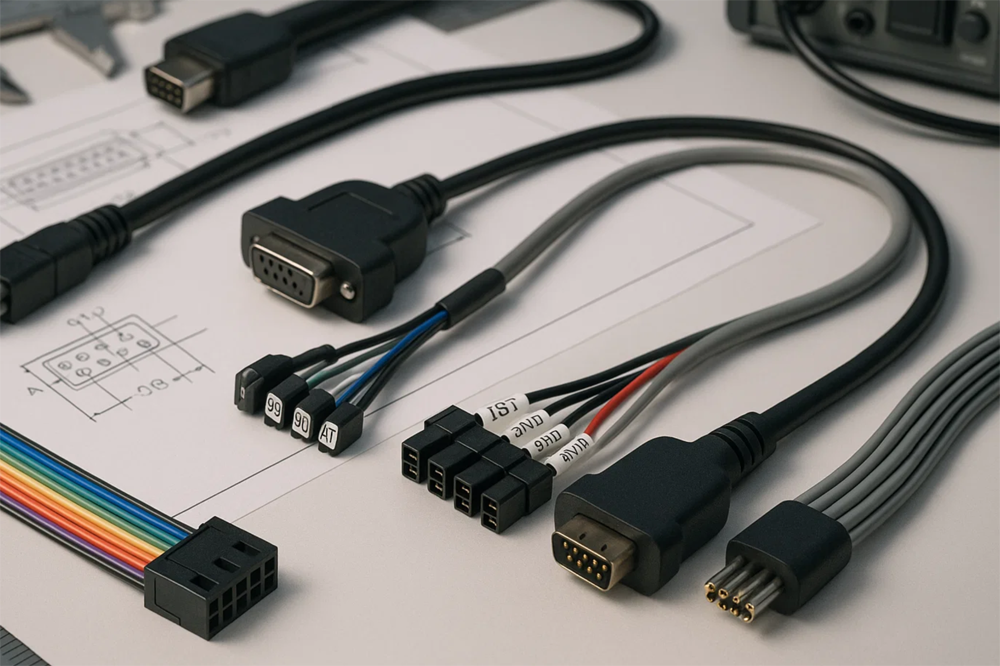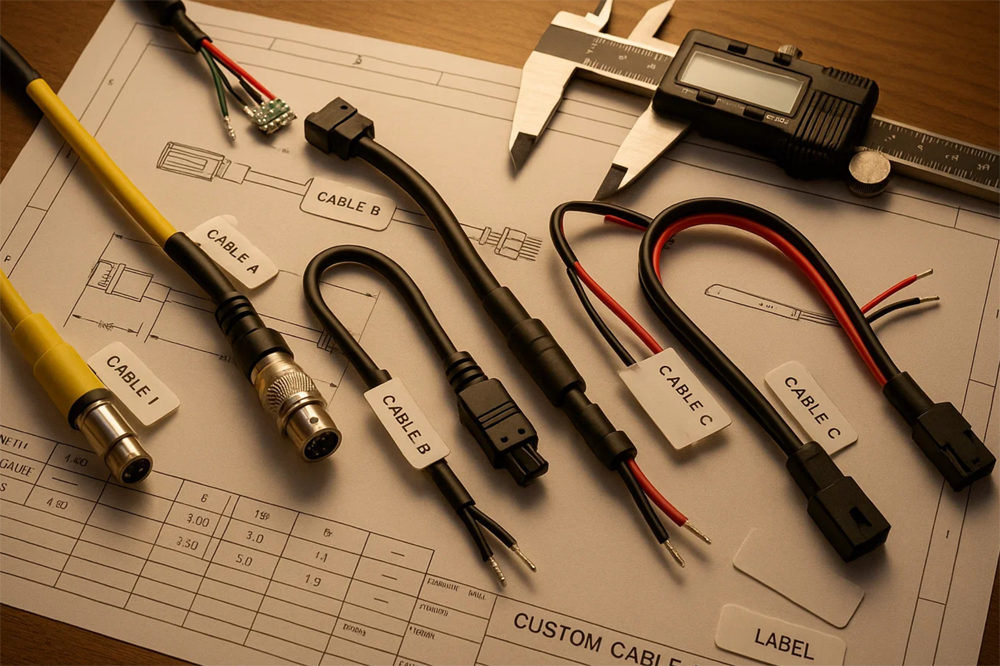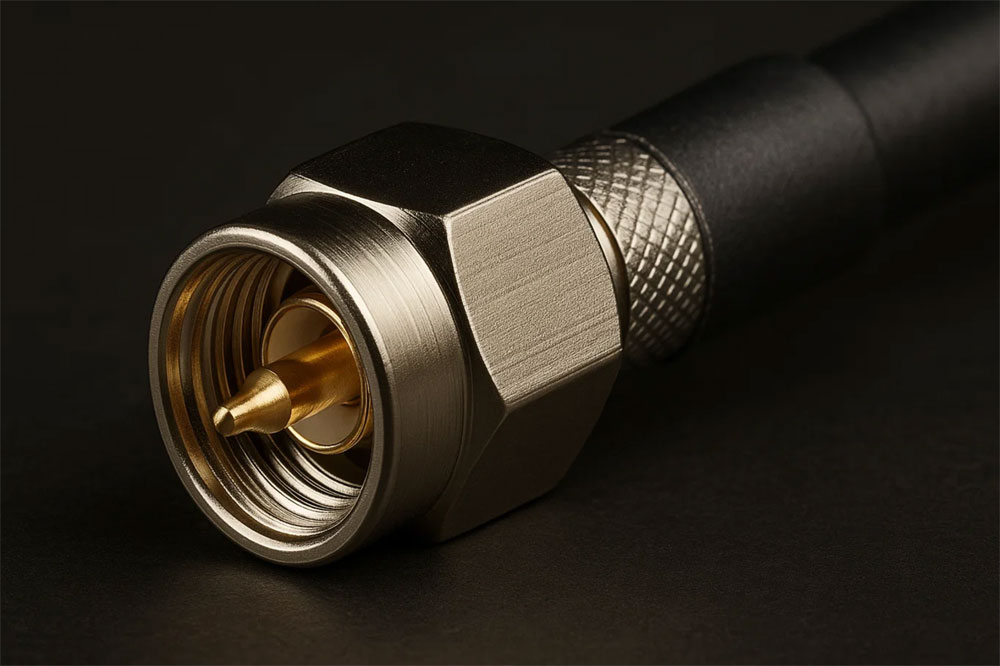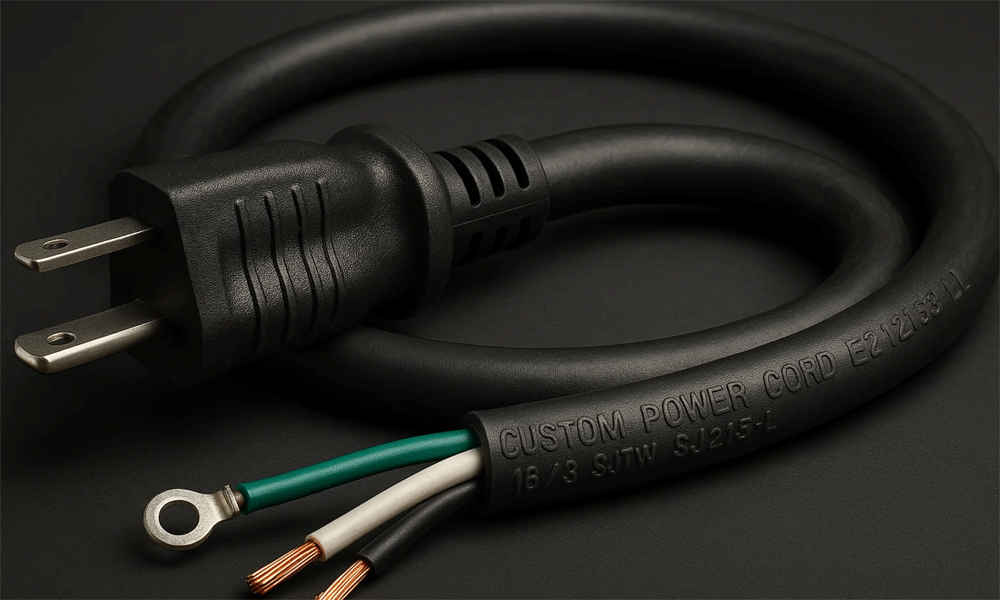Table of Contents
ToggleWhy “Cheaper” So Often Turns Into “Costlier”
When an OEM moves wire-harness production outside its own walls, the first instinct is to chase the lowest quoted unit price. Yet post-launch audits routinely show that freight premiums, emergency reruns, field failures and certification re-tests can erase—sometimes even reverse—those headline savings. The goal of strategic outsourcing is therefore twofold: compress total landed cost while holding IPC/WHMA-A-620 quality steady or higher. The nine tactics below come from real factory data, standards bodies and lean-manufacturing case studies; use them as a roadmap, not a shopping list.

1,Map the True Cost Stack Before You Negotiate
Industry benchmarks place raw materials at 50–70 % of a harness’s direct cost, labour at roughly 15 %, with overhead, quality assurance and scrap making up the rest.¹ Hidden factors such as expedited freight or on-site rework often add another 5–10 % that never appears on the supplier’s invoice. Start any savings programme with an activity-based cost model that captures every touch, test and mile.
2. Standardise Components and Rationalise the BOM
A multi-year review at several Tier-1 machinery builders showed that swapping bespoke fasteners for catalogue parts, consolidating wire gauges and enforcing a preferred-parts list shaved 3–5 % off material spend without touching performance.² Work with your contract manufacturer (CM) to flag non-standard connectors, insulation and sleeving. Lock the approved catalogue into your engineering-change workflow so future drawings don’t backslide into “exotic” parts.
3. Bring the CM Into the First Design Review (DFM)
Late-stage drawing tweaks cost exponentially more than up-front collaboration. One automotive startup invited its harness partner to the initial 3-D routing session; by eliminating three unused conductors and a redundant ground braid, it cut US $2.40 per assembly across a 10 000-piece launch.³ Early design-for-manufacturability (DFM) not only trims copper length and tooling but also aligns testing fixtures long before the first pilot build.

4. Modularise and Family-Group Similar Harnesses
Every unique variant forces new jigs, programs and inspection routines. Grouping “look-alike” harnesses under one family lets the CM balance lines, reuse fixtures and batch-test, typically trimming 2–4 % of total cost. Recent advances in plug-and-play sub-assemblies—power pigtails that mate with any signal branch, for instance—drive even deeper savings by collapsing dozens of part numbers into a handful of interchangeable modules.
5. Deliver Complete Digital Documentation
According to Assembly Magazine, incomplete or ambiguous drawings are the number-one trigger for engineering-change orders, each of which re-quotes labour and stalls the schedule.⁴ Provide layered 2-D schematics, 3-D harness paths and explicit crimp-height tables; automated quoting tools can then calculate labour minutes precisely, eliminating the “risk padding” suppliers add when specs are fuzzy.
6. Leverage Recognised Standards and Components Up-Front
Harnesses built entirely from UL-Recognised wire, terminals and over-moulds can bypass a second round of destructive testing during end-product certification—a time and cost saver many OEMs overlook. IPC/WHMA-A-620 Revision E further codifies pull-force, tin wicking and solder-cup acceptability, leading to 25 % fewer return-material authorisations (RMAs) in field audits.

7. Lock in Demand With Blanket POs and Vendor-Managed Inventory
Six- or twelve-month blanket purchase orders give the CM confidence to bulk-buy copper, connectors and heat-shrink at volume prices, savings they can pass along. Vendor-Managed Inventory (VMI) pushes the model further: the supplier owns stock until it hits your line, freeing cash flow and slashing handling costs. SAP and DXP case studies show inventory-holding reductions of 20–30 %.
8. Calculate Total Landed Cost Rather Than Unit Price
A 2022 analysis by Zuken found that in-house builds ran 18 % over outsourced equivalents once freight, duties, certifications and quality fallout were added back in.⁷ Ask prospective partners to quote shipping terms (Incoterms), scrap-rate guarantees and change-order fees; roll these into a landed-cost spreadsheet before you sign.
9. Automate Testing and Adopt Lean Cells to Scale From 50 pcs to 50 k
Fully automated continuity, HiPot and insulation-resistance stations catch defects at source—far cheaper than recalling a failed harness from the field. New modular testers from MK Test Systems and others integrate directly into lean “U-cell” layouts, cutting labour as much as 40 % while providing 100 % traceable test data.⁸ Line-balancing software then reallocates operators as volume ramps, so your pilot run of 50 harnesses can scale to 50 000 without a plant re-layout.

Conclusion – Turning Savings Into Sustainable Advantage
Cost reduction is not a sprint to the lowest quote but a disciplined sequence of design, supply-chain and quality decisions. Map your cost stack, standardise parts, co-design early, modularise intelligently, document completely, certify up-front, lock demand through VMI, model landed cost and automate testing. Follow that blueprint and your outsourcing programme should deliver double-digit savings and a field-failure rate your quality manager can live with.
Ready to translate these ideas into real numbers? Contact Infinite Possibilities Technology for a free DFM audit and a pilot quote starting at just 50 pieces.


